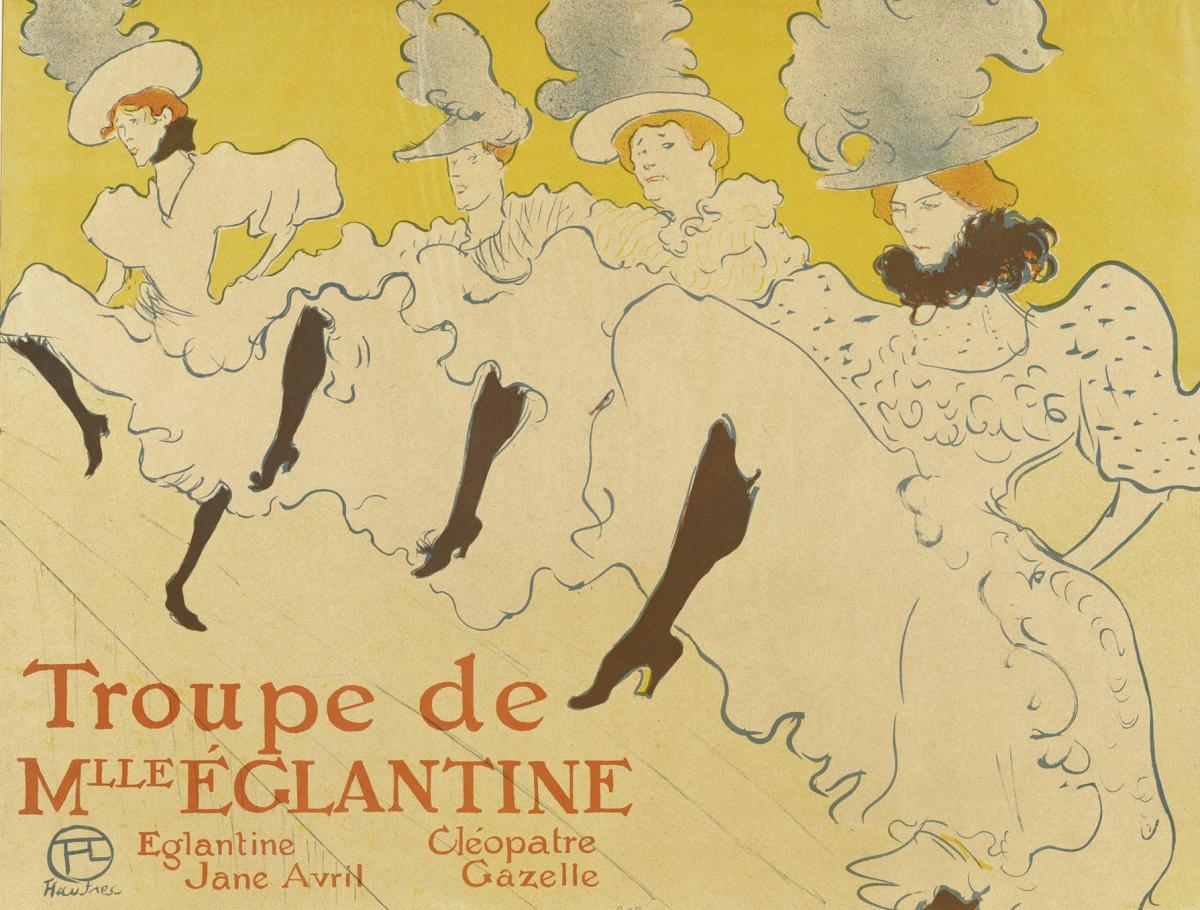If you had two minutes with John S. Watson, the CEO of oil industry giant Chevron, what would you ask? Climate scientist and NCSE Board member Ben Santer recently got that opportunity, when he attended the company’s annual shareholder meeting in San Ramon, California.
 You would be correct in assuming that Santer doesn’t own any shares in Chevron. So how did he get into the shareholders meeting? It turns out that the Union of Concerned Scientists arranged for a corporate shareholder to transfer its legal proxy to Santer, giving him the right to attend the meeting and submit a two-minute statement.
You would be correct in assuming that Santer doesn’t own any shares in Chevron. So how did he get into the shareholders meeting? It turns out that the Union of Concerned Scientists arranged for a corporate shareholder to transfer its legal proxy to Santer, giving him the right to attend the meeting and submit a two-minute statement.
The proxy paperwork arrived only two hours before the meeting was to begin—just the first of many hurdles Santer faced. Security was extremely tight. No cell phones, computers, or other electronic devices were allowed. Santer couldn’t even bring in a cup of coffee. Just a pencil and paper. And it turns out there was no guarantee that he’d even get to make his statement and ask his questions: everyone who hoped to speak was assigned a number, and only a few numbers were chosen—lottery-style—from a large hopper. Fortunately, Santer’s number was called.
Here’s what he said:
My name is Dr. Ben Santer. I am a MacArthur Fellow and a member of the U.S. National Academy of Sciences. I use “climate fingerprint” methods to study the causes of climate change.
In 1995, I was Lead Author of a chapter in a report by the Intergovernmental Panel on Climate Change. We concluded that: “the balance of evidence suggests a discernible human influence on global climate”.
Since 1995, the “discernible human influence” has become far clearer. Human “fingerprints” are identifiable in warming of the oceans and land surface, in changing rainfall patterns, in declining Arctic sea ice extent, and in sea level rise. Over our lifetimes, we are witnessing large and rapid changes in climate. If these changes are unchecked, future generations will grow up in a world with a very different climate from that of today. They will inherit climate debt they did nothing to incur. I don’t want to see that happen. I’m sure you don’t either.
Chevron is one of the largest corporate emitters of CO2. Your actions have global consequences. You should be leaders in efforts to chart a sustainable path towards a clean energy future. You have made impressive investments in STEM education. I respectfully request that you show similar corporate leadership in acknowledging the reality and seriousness of human-caused climate change, and in making the educational investments needed to prepare the next generation for the climate challenges they will face.
My specific questions are these:
1. When will Chevron commit to align its business model with the target set by world leaders in Paris—the target of limiting warming to “well below 2° Celsius?”
2. More than 150 companies have signed up to set science-based targets for reducing greenhouse-gas emissions. When will Chevron join this group?
I’m sure you’re curious to know how Mr. Watson responded. Sadly, Santer reports that “It was more of a 'Q session' than a 'Q&A session'." All questions having to do with how Chevron planned to adjust its business model in the face of rapid climate change to which the company’s products are materially contributing were, essentially, punted—in other words, the answer Santer got was no answer at all. The company will change its business model when it is forced to by regulation or changed economic incentives (like a carbon tax). Until then, the climate change “can” will be kicked down the short-term profitability “road.”
 Shareholder votes on climate change-related resolutions suggest that most of them agree with the kicking-the-can-down-the-road plan. Santer reported that a shareholder’s suggestion that “Chevron should just keep doing what it does!” got the biggest round of applause of the whole meeting. A full 81% of shareholders rejected a resolution proposed for this meeting to include a climate expert on the company’s board of directors. Even a proposal simply asking the company to report on how limiting global warming to 2℃ would affect Chevron’s business was voted for by only 38% of shareholders.
Shareholder votes on climate change-related resolutions suggest that most of them agree with the kicking-the-can-down-the-road plan. Santer reported that a shareholder’s suggestion that “Chevron should just keep doing what it does!” got the biggest round of applause of the whole meeting. A full 81% of shareholders rejected a resolution proposed for this meeting to include a climate expert on the company’s board of directors. Even a proposal simply asking the company to report on how limiting global warming to 2℃ would affect Chevron’s business was voted for by only 38% of shareholders.
There is some good news, however. Santer was not alone in asking how Chevron plans to adjust its business plan in response to the reality of climate change. While his questions focused on the implications of the accumulating weight of scientific evidence. other shareholders, including representatives of various religious faiths, implored Chevron to consider the moral implications of continuing to rely on a product that is literally endangering future generations. Still others pointed out the potentially dire financial consequences of failing to invest in alternatives to fossil fuels, given the high likelihood that they will indeed face significant regulatory and tax disincentives as the U.S. strives to fulfill the promises it made in the Paris agreements.
Were I in attendance, I would have raised one more issue: As Santer mentioned in his remarks, Chevron invests heavily in STEM education. I think that’s great, although I find its ads pretty cloying. (Dear Marketing Team: Building a robot that throws paper cups is not, technically speaking, science. I would argue it’s even sort of a stretch to call it engineering.) But if they have such a strong interest in STEM, shouldn’t Chevron be distancing itself from groups like the American Legislative Exchange Council, or ALEC, which has a dismal record of casting doubt on climate science? Wouldn’t it be a good idea to use some of that STEM investment to ensure that science (the S in STEM) teachers are adequately prepared and strongly encouraged to teach climate science? Surely a company that depends heavily on scientific and engineering talent does not want a generation miseducated about one of the greatest challenges we face as a society—or are they really only interested in funding S*TEM (* only science that does not negatively impact our bottom line)?
have raised one more issue: As Santer mentioned in his remarks, Chevron invests heavily in STEM education. I think that’s great, although I find its ads pretty cloying. (Dear Marketing Team: Building a robot that throws paper cups is not, technically speaking, science. I would argue it’s even sort of a stretch to call it engineering.) But if they have such a strong interest in STEM, shouldn’t Chevron be distancing itself from groups like the American Legislative Exchange Council, or ALEC, which has a dismal record of casting doubt on climate science? Wouldn’t it be a good idea to use some of that STEM investment to ensure that science (the S in STEM) teachers are adequately prepared and strongly encouraged to teach climate science? Surely a company that depends heavily on scientific and engineering talent does not want a generation miseducated about one of the greatest challenges we face as a society—or are they really only interested in funding S*TEM (* only science that does not negatively impact our bottom line)?
Maybe I should show up at next year’s shareholders meeting and see what Mr. Watson has to say about that.
Kick the can photo credit: https://www.flickr.com/photos/levanahpix/3828240291
Can-can photo credit: By Toulouse-Lautrec, Public Domain, https://commons.wikimedia.org/w/index.php?curid=109479
Warhol's Campbell's soup photo credit: https://www.flickr.com/photos/profzucker/3754015966

